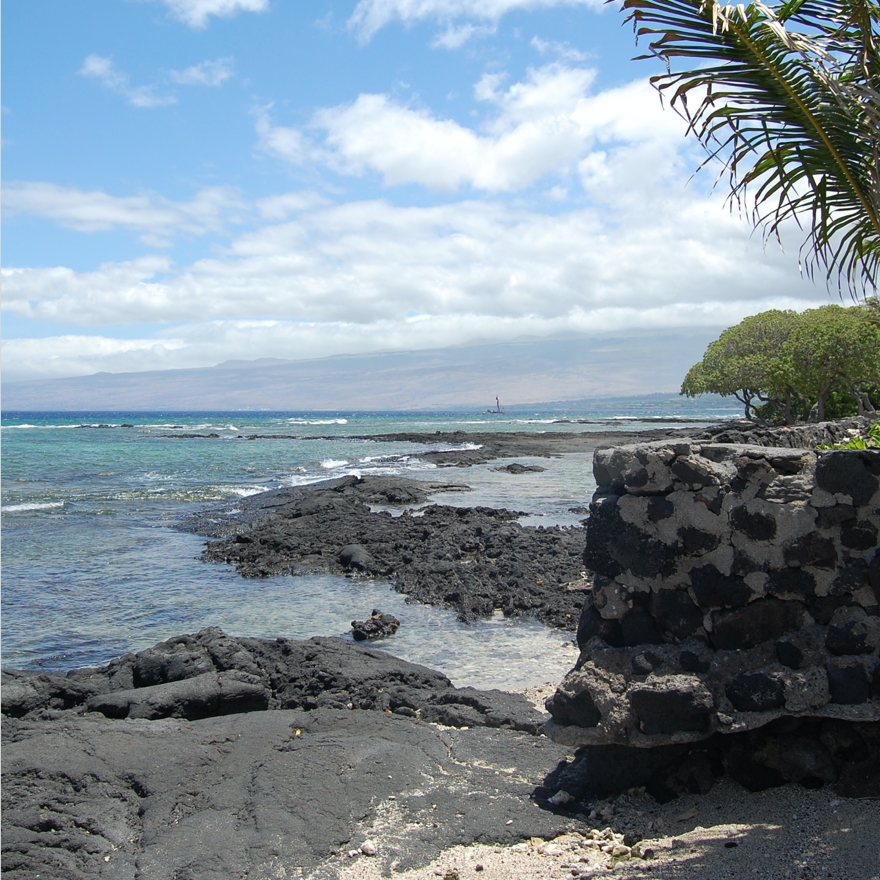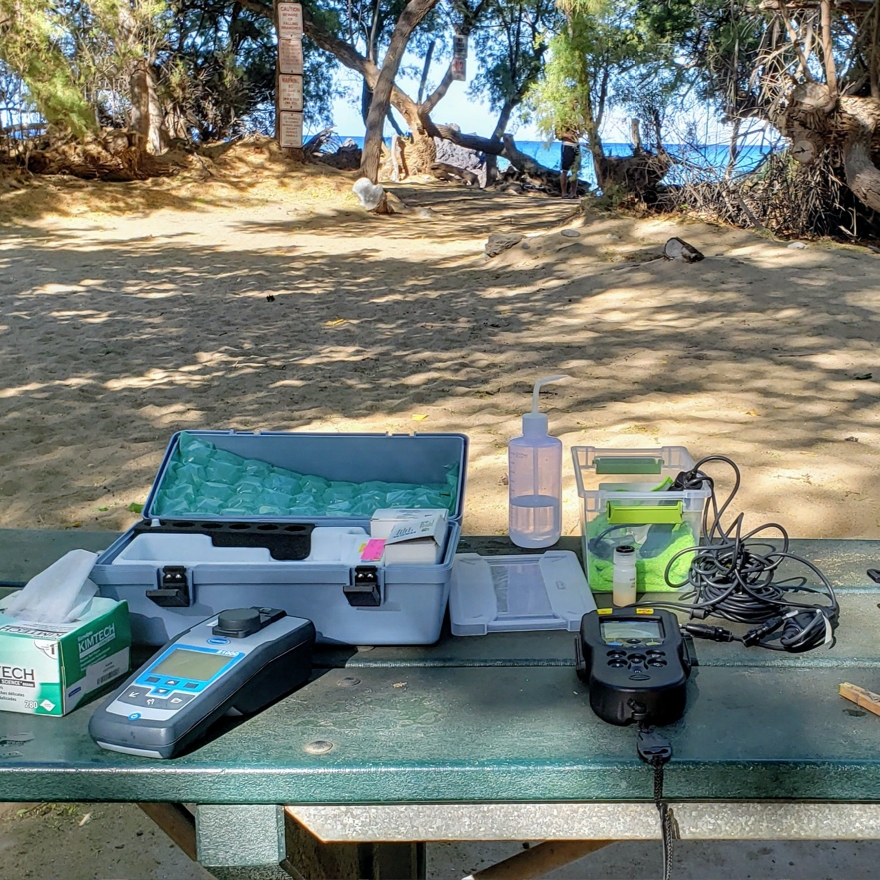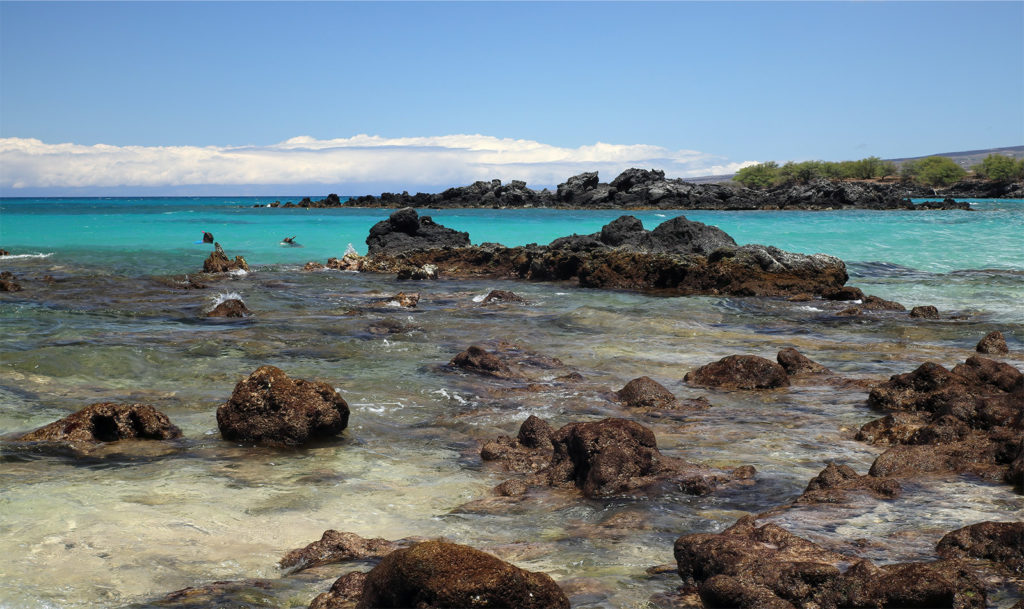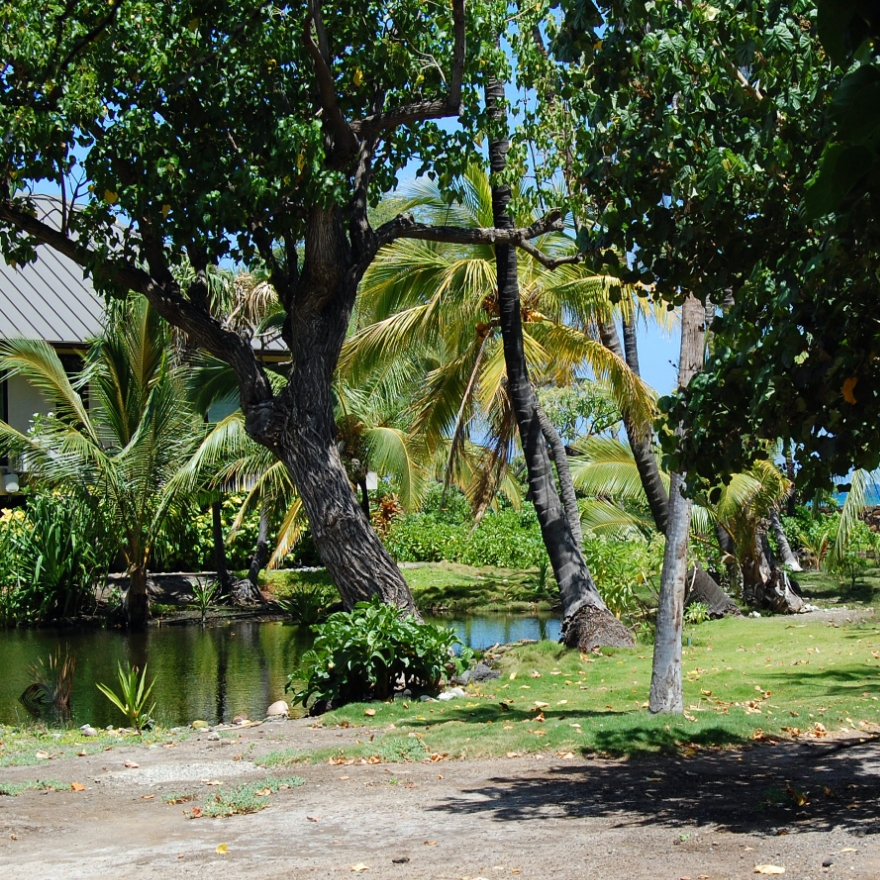
Saving local reefs
Hawai‘i Island is central to the health of the Hawai‘i reef ecosystem, which includes over 410,000 acres of living reefs.
On Hawai‘i Island, we work closely with communities to address wastewater pollution. Because of the high groundwater table and very porous rock found along the coast, inadequately treated wastewater from cesspools and septic tanks does not get filtered by soil. Instead, this wastewater flows directly into the groundwater and then ends up in the ocean—causing serious damage to corals, negatively affecting marine life, and posing risks to human health.
Building local alliances
In Puakō, we partner with researchers, industry experts and community representatives to address impacts caused by outdated technologies, such as cesspools and septic systems.
To highlight the need for improved wastewater management and to provide quality data to guide management and empower local communities, we worked with our partners to launch a citizen science program on Hawai‘i Island in 2019. Due to scarce resources, water quality sampling and reporting done by the Hawai‘i Department of Health (DOH) is limited. Bringing in citizen scientists to help provides a powerful and cost-effective solution to the state’s resource limitations, while increasing public awareness about threats to marine water quality. The citizen science program, called Hawai‘i Wai Ola, brings together 11 different organizations, volunteer community members, and scientists to champion water quality issues on Hawai‘i Island. Volunteers ensure data collection meets DOH standards so that all data can be used by the government when considering policy and infrastructure changes.

Photo Gallery




